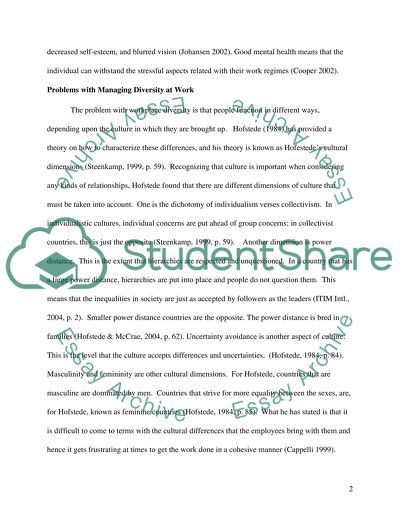Cite this document
(“The Individual at Work Essay Example | Topics and Well Written Essays - 3000 words”, n.d.)
Retrieved de https://studentshare.org/psychology/1390748-the-individual-at-work
Retrieved de https://studentshare.org/psychology/1390748-the-individual-at-work
(The Individual at Work Essay Example | Topics and Well Written Essays - 3000 Words)
https://studentshare.org/psychology/1390748-the-individual-at-work.
https://studentshare.org/psychology/1390748-the-individual-at-work.
“The Individual at Work Essay Example | Topics and Well Written Essays - 3000 Words”, n.d. https://studentshare.org/psychology/1390748-the-individual-at-work.


